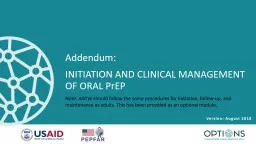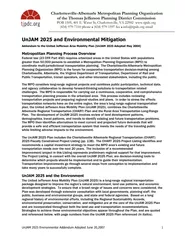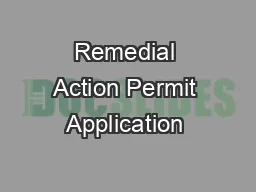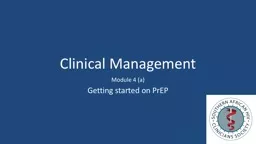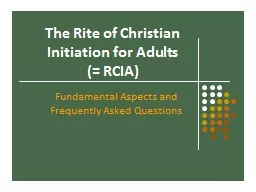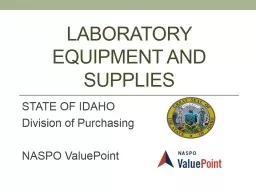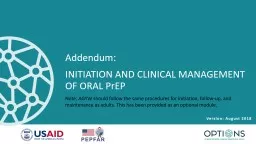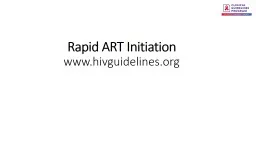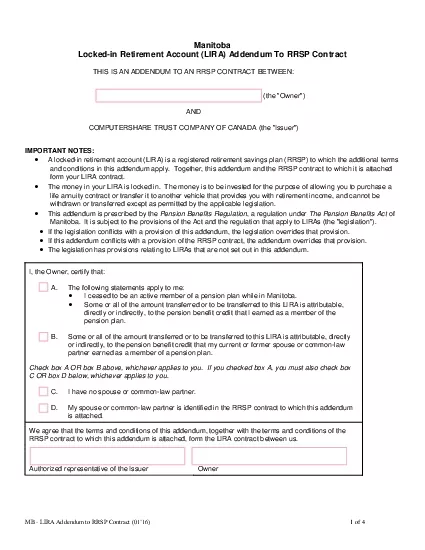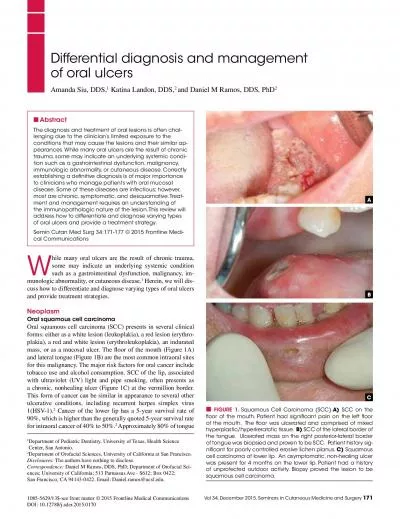PPT-Addendum: INITIATION AND CLINICAL MANAGEMENT OF ORAL
Author : cheryl-pisano | Published Date : 2019-06-21
PrEP Note AGYW should follow the same procedures for initiation followup and maintenance as adults This has been provided as an optional module Version August 2018
Presentation Embed Code
Download Presentation
Download Presentation The PPT/PDF document "Addendum: INITIATION AND CLINICAL MANA..." is the property of its rightful owner. Permission is granted to download and print the materials on this website for personal, non-commercial use only, and to display it on your personal computer provided you do not modify the materials and that you retain all copyright notices contained in the materials. By downloading content from our website, you accept the terms of this agreement.
Addendum: INITIATION AND CLINICAL MANAGEMENT OF ORAL: Transcript
Download Rules Of Document
"Addendum: INITIATION AND CLINICAL MANAGEMENT OF ORAL"The content belongs to its owner. You may download and print it for personal use, without modification, and keep all copyright notices. By downloading, you agree to these terms.
Related Documents

